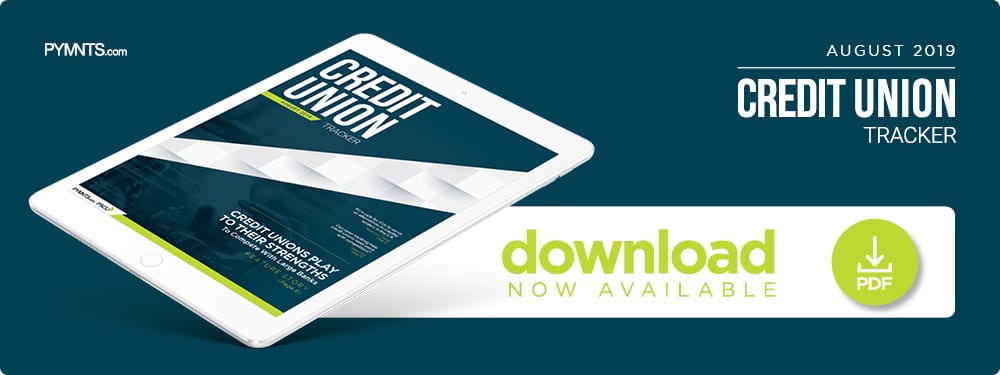“We want the communication to be relevant to what they need,” Moran explained. “If someone just got a new car loan through us, we shouldn’t be sending them offers for new car loans.”
The other major area in which CCCU leverages data analytics is member retention. She explained that there are certain warning signs that tell the CU that a customer is considering leaving it for another FI, such as a checking account with a low balance or a loan that is almost paid off. Once the CU has detected a wavering member, it can ramp up engagement to retain them.
“If [someone has] a car loan [they are] paying off, we want to proactively reach out to them and ask if they’ve considered getting another new car, for example,” Moran said.
SECURING CUSTOMERS FROM FRAUD
An added benefit of CCCU’s data analytics-driven approach is that it also helps fight fraud. The CU recently implemented a new security system that utilizes AI to examine and identify fraudulent transactions. It uses pattern recognition to pick out suspicious activities, which are passed on to human analysts for review.
“What this system [does] is essentially tap into our operational data store, which will allow us to detect, in near real time, different anomalies with a pattern of transactions,” Moran explained.
Fraud prevention is just the tip of the iceberg when it comes to credit unions’ use cases for AI and ML.
“We’re really just scratching the surface right now,” Moran said. “We see this changing our industry pretty dramatically, and we need to be prepared to focus on changes that happen in multiples, not just in percentages.”
It is all but certain that CCCU’s current digital transformation will not be its last as financial technologies continue to evolve.





